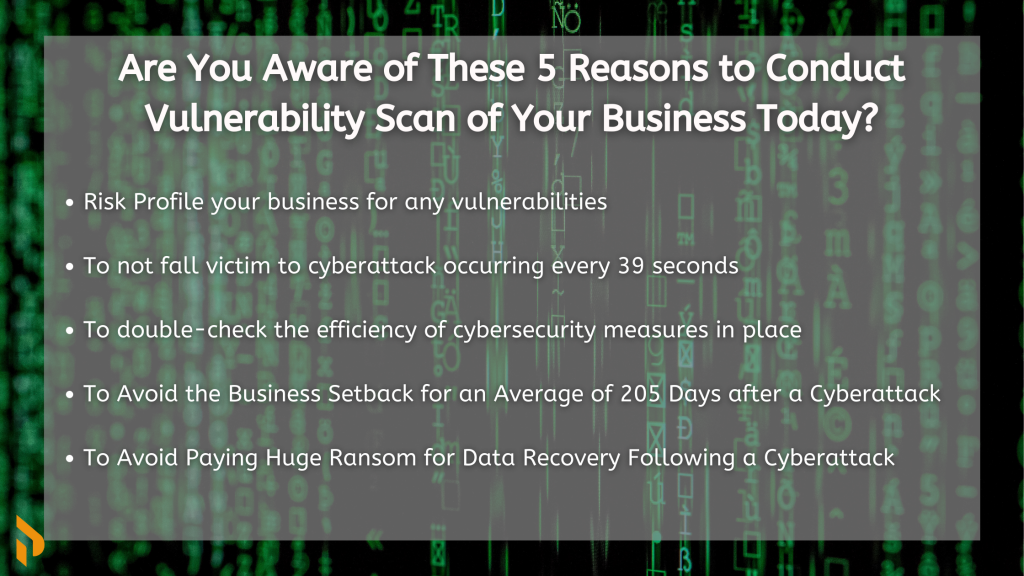
Businesses that comprehend the relationship between the dynamic and unique nature of the internet and the global threat scenario are the ones leading the path to win. Internet has become integral to almost all businesses. It has transformed dynamically over the years and has interconnected the world beautifully. It has entwined organisations, industries, people (good & bad) and everyone online in-between, including those who wish to cause harm to the organisations.
Businesses that comprehend the relationship between the dynamic and unique nature of the internet and the global threat scenario are the ones leading the path to win. Internet has become integral to almost all businesses. It has transformed dynamically over the years and has interconnected the world beautifully. It has entwined organisations, industries, people (good & bad) and everyone online in-between, including those who wish to cause harm to the organisations.
We have observed that the consequences of cyberattacks are becoming more severe and, in some cases, devastating, causing big institutions and organisations to completely shut down permanently. According to the report published by The Ponemon Institute on behalf of IBM, it takes businesses on an average 197 days to acknowledge a compromise made and 69 days to contain it (Institute, 2018).
To mitigate the end damage, there are many precautions that are put in place by the organisations, like data backup, data encryption, cybersecurity insurance, vulnerability and penetration testing, etc. All these practices have their own benefits and are best-fit according to the organisation’s demands. But, among all these factors, the first step that we can take towards cybersecurity is to identify the possible exposed areas within the business operations that can be exploited by adversaries. And, to analyse these potential areas of risk, vulnerability scans are conducted regularly.
Vulnerability Scanning
A vulnerability Scan can be defined as an automated process of identifying security vulnerabilities within an organisation across systems, software, and network infrastructure. Or, it can be defined as a scanning activity involving the identification of vulnerabilities of the hosts, operating systems, services, and applications by author Douglas Landoll in his book (Landoll, 2016). It is one of the fundamental parts of a cybersecurity risk assessment plan that can be conducted either in-house using some tools or with the help of a trusted IT partner.
Now, we can say that a vulnerability scan is the preliminary scan that assesses the IT network of an organisation and generates a report on the weaknesses, misconfigurations, and other flaws within the systems running in an organisation that need to be fixed. Now, the question is how will this scan and report assist me in achieving cybersecurity?
Benefits of Vulnerability Scanning
As discussed earlier, vulnerability scanning gives insights into the areas that are susceptible to cyberattacks. But, its advantages just do not end here. Here’s the list of benefits a business can experience by conducting regular vulnerability scans:
Acknowledge the risk level within the company’s IT infrastructure
A vulnerability scan generates a report of vulnerable areas that must be patched to prevent a cyberattack. The report outlines the risk level of the company by identifying the effectiveness of their cybersecurity measures, if any.
Proactive approach to acknowledge and close security gaps before they are exploited by cybercriminals
With almost all the vulnerabilities and flaws outlined in the report, these automated scans help discover the weaknesses that have the potential to be discovered by the hackers. As hackers also use automated tools the majority of the time, conducting these scans regularly is useful for identifying the potential exposed areas and taking restorative actions before cybercriminals can exploit them.
Improve the cybersecurity measures within the organisation
Upon identifying the potential risk areas, these scans bring out the urgency of improving the cybersecurity measures already followed within the organisation.
Enhances credibility with your partners, stakeholders, and clients
Keeping the crucial data and information secured from any kind of external threat will make all your current partners and client’s value and trust you more. Having a comprehensive security plan implemented and followed within the organisation increases its credibility and long-term relationship with the clients.

Now, that we know the first step towards being cybersecure is conducting vulnerability scans and knowing the potential areas of exploitation, should you be stopping just here?
What preventive measures or plans do you have in place to address these identified vulnerabilities?
Vulnerability scans are just the preliminary scans to identify the problems; they do not give us solution to mitigate the risk. To mitigate the risks involved, there are several ways that an organisation can follow that we will share in the next article.
Stay Tuned to our blogs to find out the preventive measures against cybersecurity.
References
Landoll, D. (2016). The Security Risk Assessment Handbook: A Complete Guide for Performing Security Risk Assessments, Second Edition. United States: CRC Press.
Ponemon Institute (2018). Cybersecurity Report.





